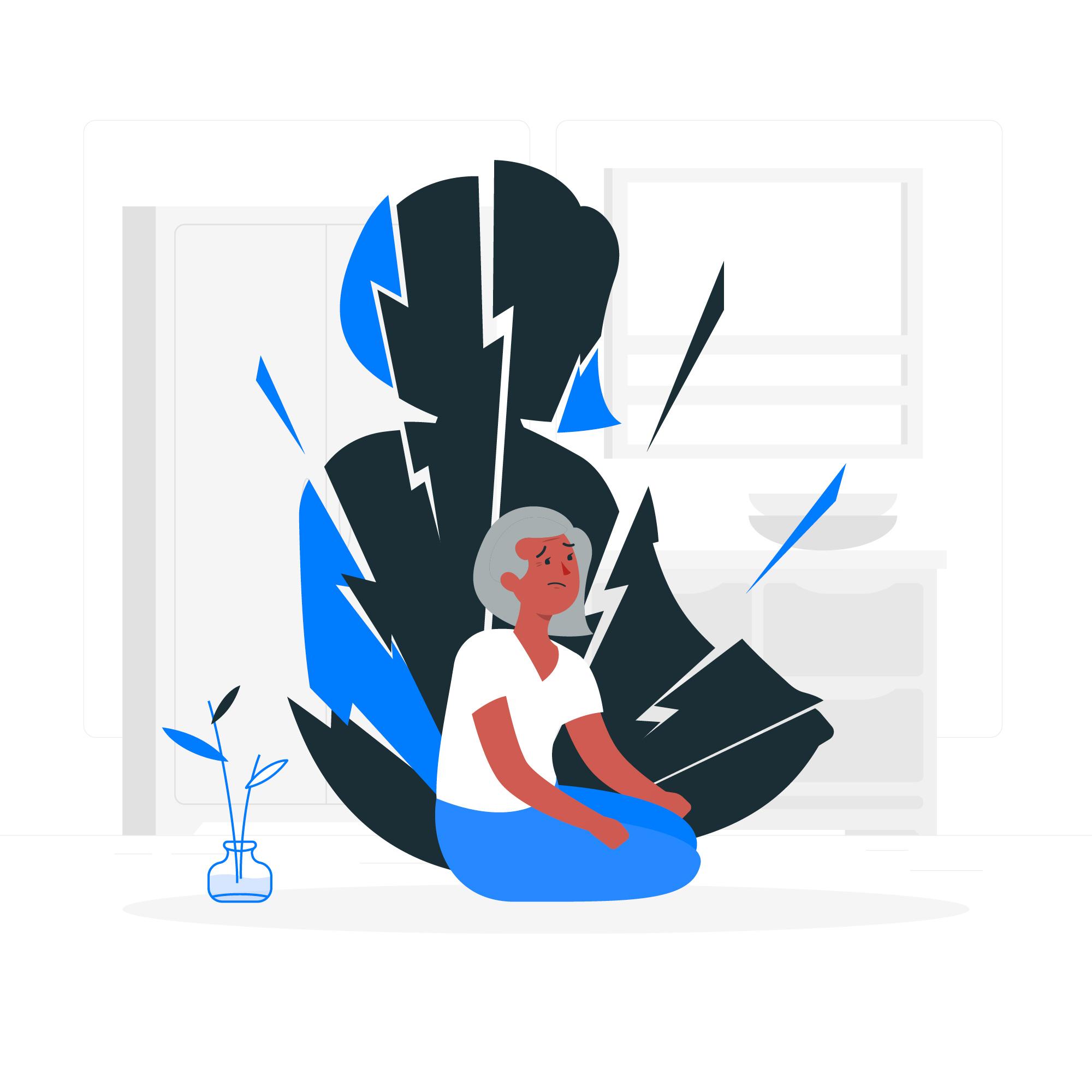Emotional and Behavioural Disorders
Overview
Emotional and Behavioural Disorders (EBD) encompass a range of mental health conditions characterized by emotional dysregulation and behavioural issues that significantly impact an individual’s daily functioning. In India, the prevalence of EBD is a growing concern, affecting various age groups and necessitating comprehensive understanding and intervention strategies.
Key Facts
- Prevalence: Approximately 14% of India’s population suffers from mental disorders, including EBD. This statistic underscores the substantial mental health burden within the country.
- Youth Impact: Studies indicate that the prevalence of emotional and behavioural disorders among school-going children and adolescents in India is significant, with rates reported as high as 46.67% in certain populations.
- Treatment Gap: Despite the high prevalence, there is a considerable treatment gap, with many individuals lacking access to adequate mental health services. Factors contributing to this gap include stigma, limited resources, and insufficient mental health infrastructure.
Symptoms and Patterns
EBD manifests through a variety of symptoms, which can be broadly categorized into:
- Emotional Symptoms:
- Persistent feelings of sadness or depression
- Excessive fears or anxieties
- Mood swings
- Behavioural Symptoms:
- Aggressive or disruptive behaviour
- Defiance of authority
- Hyperactivity
- Social withdrawal
These symptoms can vary in intensity and may interfere with academic performance, social interactions, and family relationships.
Risk and Protective Factors
Risk Factors:
- Genetic Predisposition: A family history of mental health disorders can increase susceptibility to EBD.
- Environmental Stressors: Exposure to violence, abuse, or neglect during childhood.
- Socioeconomic Challenges: Poverty and lack of access to education and healthcare services.
Protective Factors:
- Supportive Family Environment: Strong familial bonds and open communication can mitigate the risk of developing EBD.
- Access to Education: Educational opportunities that promote social and emotional learning.
- Community Engagement: Involvement in community activities provides a sense of belonging and purpose.
Treatment and Care
Addressing EBD requires a multifaceted approach:
- Early Identification: Regular screening in schools and communities to detect early signs of EBD.
- Integrated Care: Combining medical, psychological, and social interventions to provide comprehensive support.
- Policy Implementation: Strengthening mental health policies to ensure accessibility and affordability of services.
Psychological and Psychosocial Interventions
- Cognitive-Behavioural Therapy (CBT): Helps individuals identify and modify negative thought patterns and behaviours.
- Family Therapy: Addresses family dynamics that may contribute to or exacerbate EBD symptoms.
- Social Skills Training: Enhances interpersonal skills and promotes positive social interactions.
- Community-Based Programs: Initiatives that raise awareness, reduce stigma, and provide support networks for individuals with EBD.
Conclusion
Emotional and Behavioural Disorders present significant challenges within the Indian context, affecting a considerable portion of the population. Comprehensive strategies encompassing early detection, integrated care, and targeted interventions are essential to address this pressing mental health issue. By fostering supportive environments and implementing effective treatment modalities, it is possible to improve outcomes for individuals with EBD in India.


